IUD History
History of the IUD and the Current T-Shaped Frame
The history of the intrauterine contraceptive device (IUD) is long and tumultuous. Centuries ago, traders in the Middle East inserted pebbles into camels’ uteri to prevent pregnancy before making long treks across the desert.
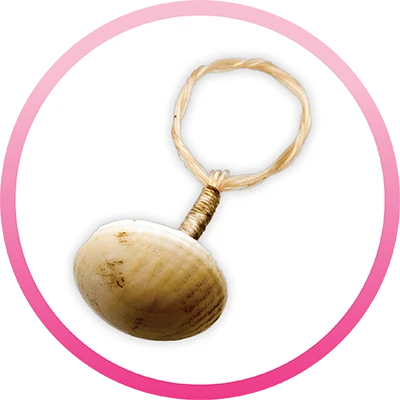
The first documentation of an intrauterine contraceptive device use in humans was in 1909; German physician Dr. Richard Richter created a device made of silkworm gut to be inserted into the uterus for contraception.
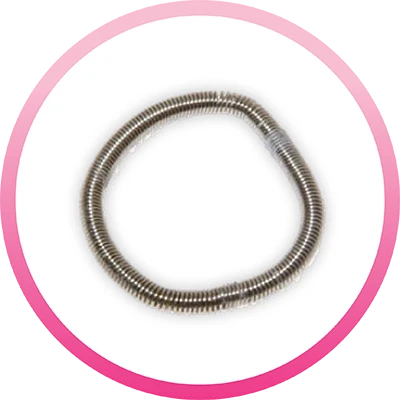
For several years, various doctors all over the world wrote of their success using variations of intrauterine contraceptive devices. Many of them were in the shape of a coil.
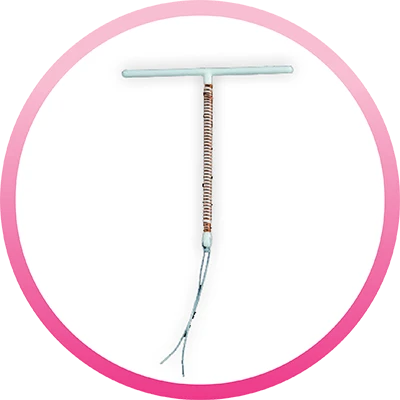
Fast forward to 1969: American physician Howard Tatum designed a plastic T-shaped frame as a smaller alternative to the coil. The device was well tolerated but had a pregnancy rate of 18%. That same year, the discovery of copper as an effective spermicide led to development of the first copper IUD, revolutionizing the effectiveness of IUDs. The following year a T-shaped device was created containing a semi-permeable capsule full of progesterone (hormone) in the lower section of the T frame.
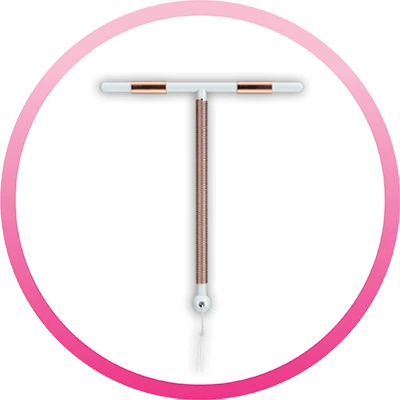
The invention of the copper IUD in the 1960s with the capital T-shaped design was finally launched in the US in 1988, when the Cooper T380A (ParaGard®) was approved by the FDA.
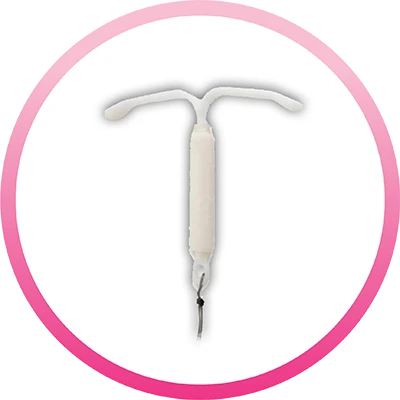
The release of the copper IUD was followed by a levonorgestrel-releasing (progesterone) intrauterine system (Mirena®) in the US in 2001. Three more IUDs have since been approved by the FDA, all with the same T-shaped frame design.
Now, more than thirty five years later, the T-shaped IUD design, although effective,
presents challenges and problems for both practitioners and patients. This includes difficult and painful insertion that has led to a fear factor, as well as perforation, expulsion, and the nuisance of dangling strings needed for removal.


















